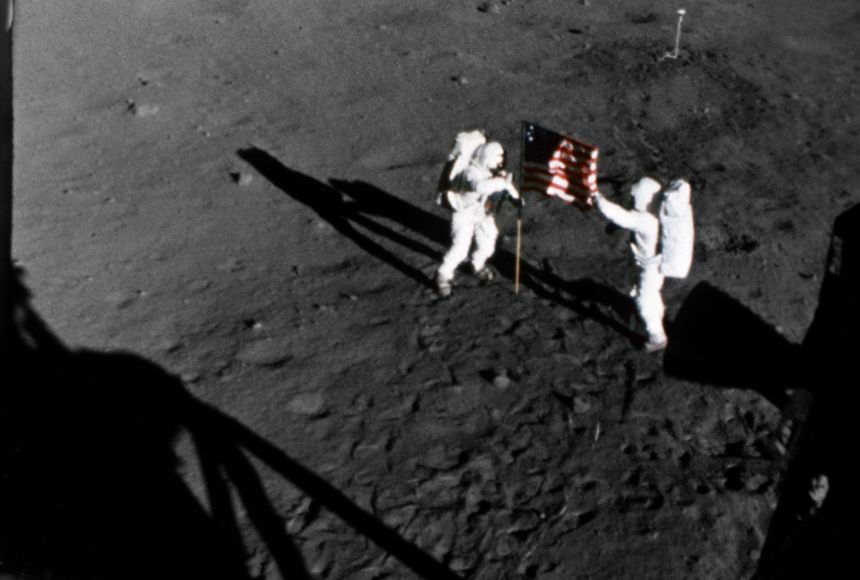ARTICLE
leveledARTICLE
The History of Space Exploration
The History of Space Exploration
During the time that has passed since the launching of the first artificial satellite in 1957, astronauts have traveled to the moon, probes have explored the solar system, and instruments in space have discovered thousands of planets around other stars.
Grades
4 - 12
Subjects
Earth Science, Astronomy, Social Studies, U.S. History, World History
Image
Apollo 11 Astronauts on Moon
A less belligerent, but no less competitive, part of the Cold War was the space race. The Soviet Union bested its rival at nearly every turn, until the U.S. beat them to the finish line by landing astronauts on the moon.
NASA photograph

Media Credits
The audio, illustrations, photos, and videos are credited beneath the media asset, except for promotional images, which generally link to another page that contains the media credit. The Rights Holder for media is the person or group credited.
Director
Author
Production Managers
Program Specialists
Producer
other
Last Updated
April 17, 2024
For information on user permissions, please read our Terms of Service. If you have questions about how to cite anything on our website in your project or classroom presentation, please contact your teacher. They will best know the preferred format. When you reach out to them, you will need the page title, URL, and the date you accessed the resource.
Media
If a media asset is downloadable, a download button appears in the corner of the media viewer. If no button appears, you cannot download or save the media.
Text
Text on this page is printable and can be used according to our Terms of Service.
Interactives
Any interactives on this page can only be played while you are visiting our website. You cannot download interactives.
